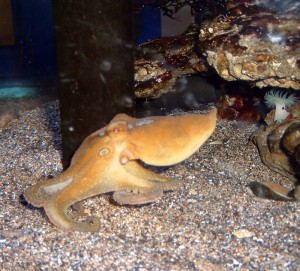First the disclosure: this blog is of course about Me.
But it’s also about You. And yours. Because as you know, we’ve become a culture that does not sleep.
Why don’t we sleep? I like to think that it is an evolutionary adaptation; not sleeping, after all, allows us more time for Facebook.
Or Etsy for you makers. Or Amazon for you shoppers. And let’s not forget our middle, high school and college students. Do they even have classrooms anymore, or are lectures all online (on screens)?
![One tired pony. By Rachel C from Scotland (Flickr) [CC BY 2.0 (http://creativecommons.org/licenses/by/2.0)], via Wikimedia Commons](https://www.promegaconnections.com/wp-content/uploads/2016/02/Equine_joke-269x300.jpg)
It’s just that just working in our very busy online/wired world, jumping from web page to project management software, to big-screens in meetings has us adapted to being on: capital “O” capital “N”.
This multi-multitasking has grown (for me) a new type of neurons that are not happy unless they are gleaning new information from a screen, all the time. And these neurons don’t stop working when the screen is gone; no, they continue seeking and trying to process. For me, if there’s no screen to look at, the neurons ping-pong around behind my eyeballs, looking and searching, as if to say, “Input missing! Input missing!”
The result can be hours in bed sans sleep; it seems the racket these neurons make keeps all the other neurons up. Continue reading “To Meditate Perchance to Dream”









